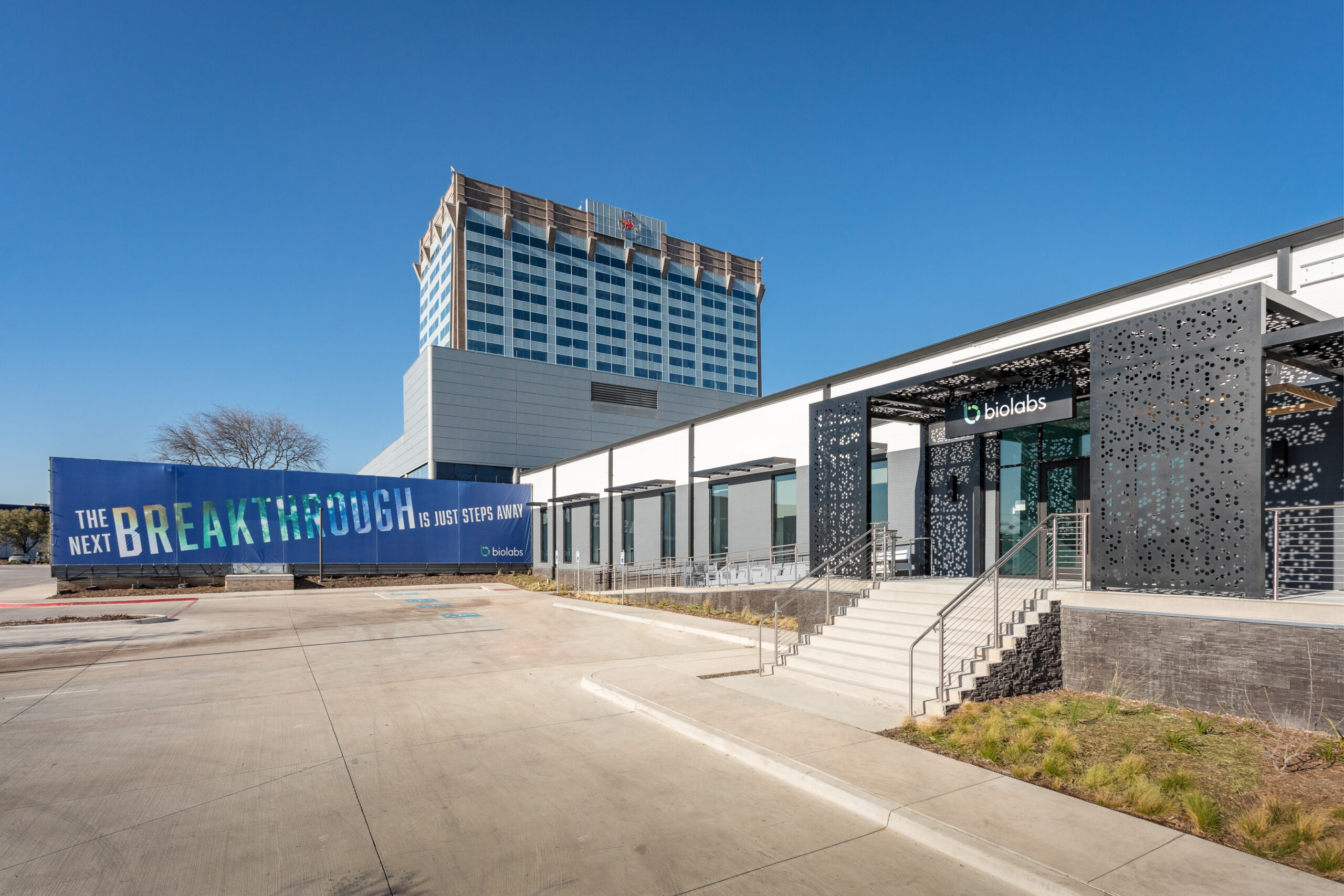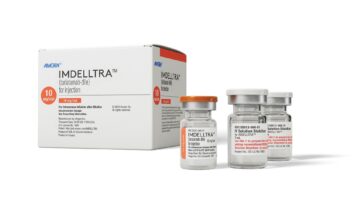Standard ways of controlling acne: Routine face washing, popping pills, applying various ointments and tinctures on a daily basis.
Georgia startup Sebacia is developing an alternative: It has created a photosensitive cream that can be used in conjunction with hair removal laser to potentially kill acne at its root.
The company just wrapped up a $22 million Series C, which it plans to use to move its acne treatment through clinical trials — as well as scaling up manufacturing, and achieving regulatory approval as a medical device in the U.S. and Europe.

BioLabs Pegasus Park Cultivates Life Science Ecosystem
Gabby Everett, the site director for BioLabs Pegasus Park, offered a tour of the space and shared some examples of why early-stage life science companies should choose North Texas.
Sebacia expects a CE mark by the fourth quarter of this year; it’s projecting FDA approval by the second half of 2016. The funding will also cover a soft launch in Europe and later the U.S., CEO Anthony Lando said in a phone interview.
Hair removal lasers are commonly used in dermatological practices – so Sebacia’s cream is meant to expand upon their current use. The company is using gold- and silica-based microparticles that are activated by the light in the hair removal laser — penetrating the follicles, and reducing the activity in the oil-producing sebaceous glands in the skin.
“I don’t think it’s going to be a med spa procedure — it’s not aesthetic, it’s a therapeutic,” Lando said. “But what it is: It’s a quick procedure that can be done by a mid-level healthcare worker or physician’s assistant.”
The therapy involves three half-hour procedures over the course of 10 days. Lando says the therapy shows good durability. Clinical trials in Europe, he said, have shown 60 to 70 percent improvement in acne half a year after the therapy. Because the topical cream uses photothermal particles, it’s labeled as a device, not a drug.

Using Informed Awareness to Transform Care Coordination and Improve the Clinical and Patient Experience
This eBook, in collaboration with Care Logistics, details how hospitals and health systems can facilitate more effective decision-making by operationalizing elevated awareness.
Lando worked with Massachusetts General dermatologist Rox Anderson to generate the concept for a therapeutic that would damage the sebaceous gland. From there, they found and the underlying photonics technology from Rice University researcher Naomi Halas.
Acne, of course, represents a big market opportunity, Lando said — about $3 billion.
“And most of that market opportunity is going to the drug companies, which are fulfilling the prescriptions,” Lando said. “This could convert a prescription-based patient, and make them a device-based patient in the office.”
Prior to this round, Sebacia had raised about $29 million in its Series A and B rounds. As for the Series C, existing investors Accuitive Medical Ventures, Domain Associates, Versant Ventures and Partners Innovation Fund are investing $12 million. The other $10 million comes as a credit facility from Square 1 Bank.












